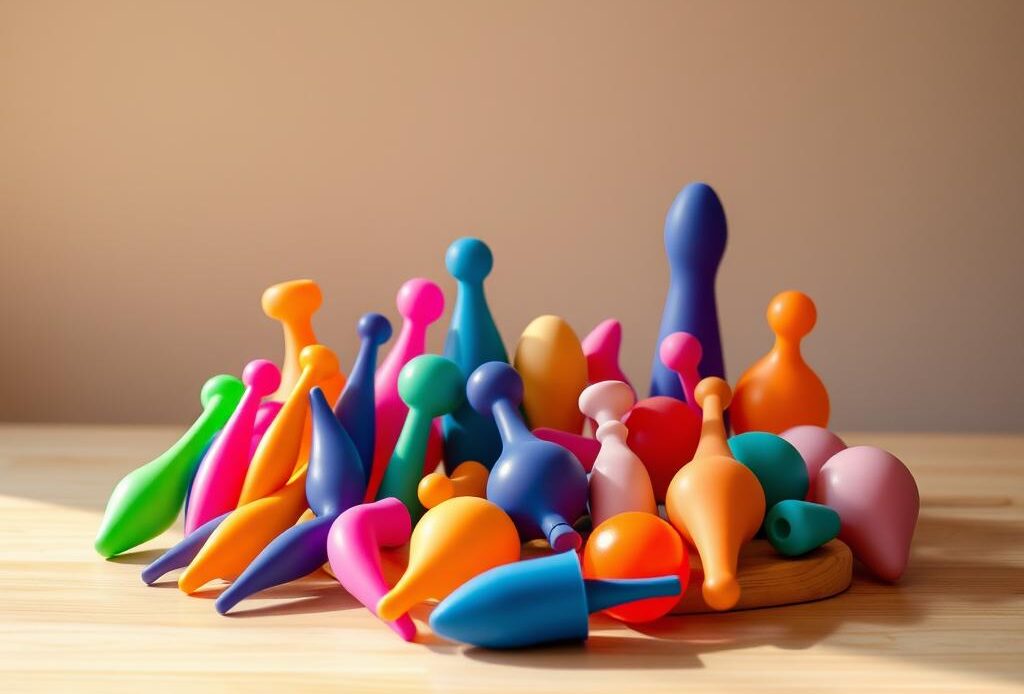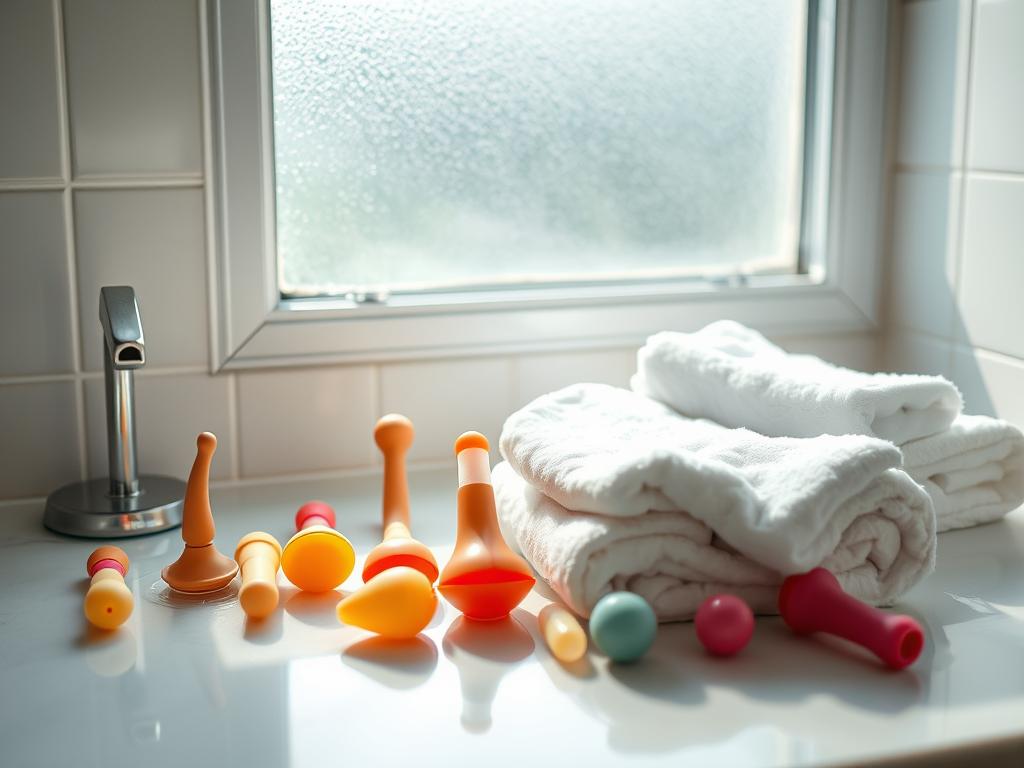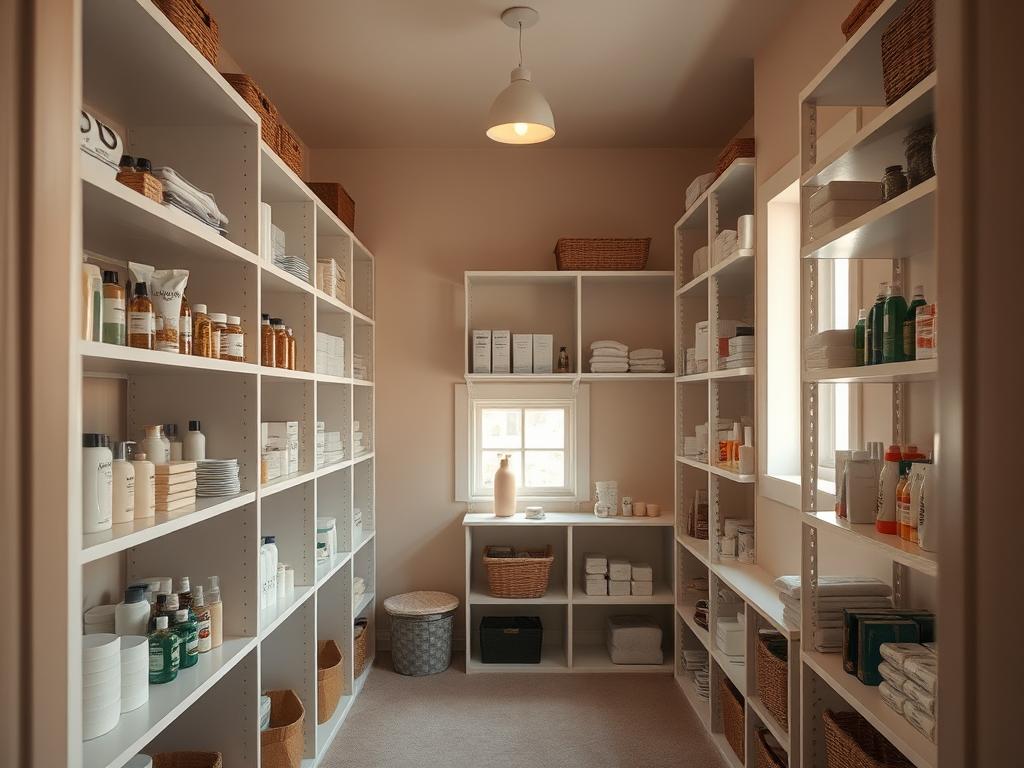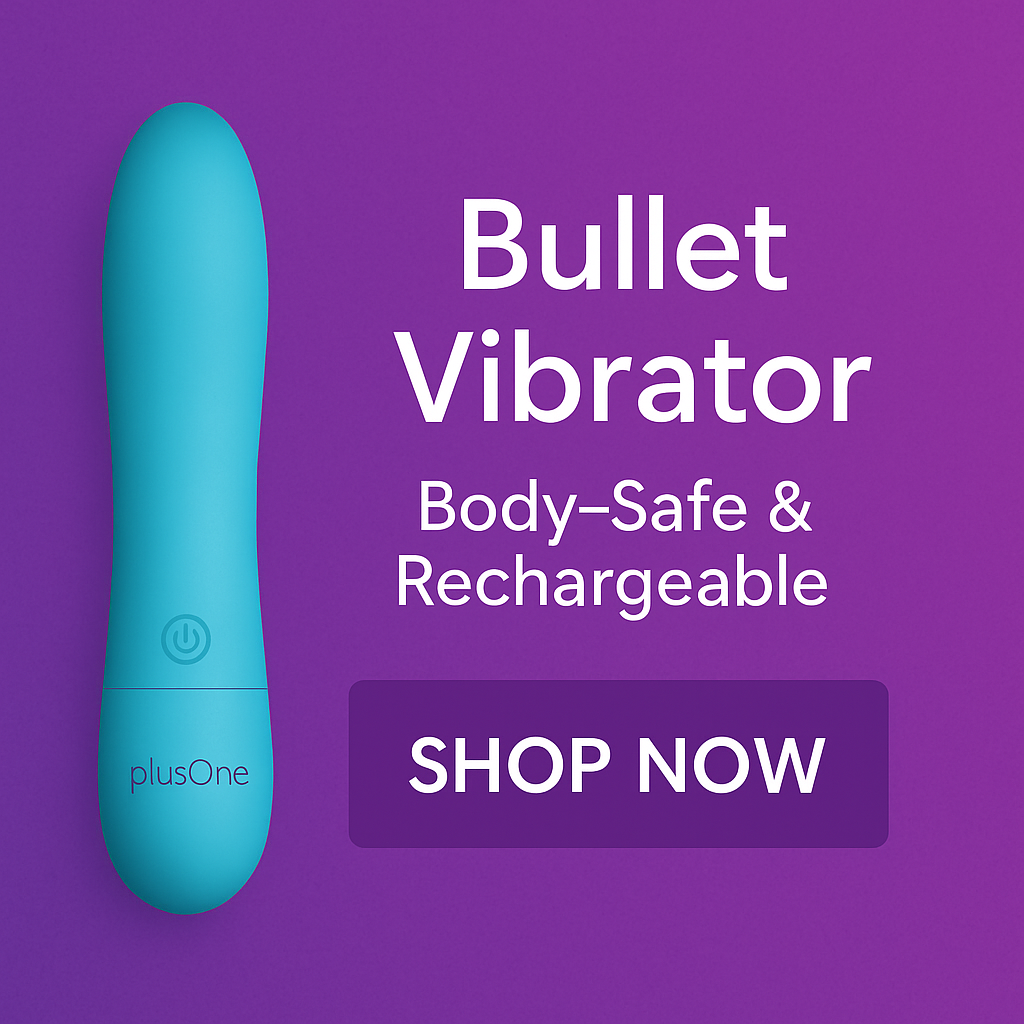
Welcome to our practical guide for keeping your personal items fresh and functional. Whether you’re new to intimate accessories or a seasoned user, proper care after washing makes all the difference. We’ll walk you through simple methods to protect your investments and maintain hygiene.
Many people focus on cleaning but forget the next critical steps. Moisture left on surfaces can lead to bacterial buildup or material degradation over time. Our recommendations are designed to help you avoid these issues without complicated routines.
This article combines expert insights with real-world testing. We prioritize solutions that fit busy lifestyles while ensuring safety. You’ll discover why specific techniques work better than others and how to adapt them to your needs.
Key Takeaways
- Post-cleaning care prevents bacterial growth and extends product lifespan
- Moisture management is crucial for material integrity
- Storage environment impacts long-term performance
- Our methods balance efficiency with effectiveness
- Adaptable solutions work for various materials and lifestyles
Let’s explore these essential practices together. With clear instructions and helpful tips, you’ll gain confidence in maintaining your items properly. Ready to get started?
Introduction: Why Proper Care Matters
Caring for personal wellness items requires more than occasional cleaning. Hidden moisture or improper storage can turn protective routines into risks. Let’s break down how smart habits safeguard both health and investments.
Hygiene First: Beyond Basic Cleaning
Thorough maintenance stops harmful microbes before they start. Residual dampness creates ideal conditions for bacterial growth, which may lead to irritation or infections. Industry experts recommend treating these items like medical devices—prioritizing sterility without compromise.
Preserving Quality and Performance
Proper care does more than prevent germs. It maintains material flexibility, ensures consistent functionality, and extends usability. A well-maintained product performs better and reduces replacement costs over time.
| Care Action | Result | Impact |
|---|---|---|
| Immediate drying | Prevents bacterial colonies | High safety |
| Sealed storage | Blocks dust/contaminants | Longer lifespan |
| Regular checks | Identifies wear early | Consistent performance |
Discreet storage solutions matter too. Lockable cases or fabric pouches keep items private while protecting surfaces from scratches. Always verify containers are breathable to avoid trapped humidity.
Preparing Your Sex Toys for Storage
Proper preparation ensures your accessories remain safe and ready for next use. We’ve combined insights from TENGA specialists and Bianca Alba’s “Ultimate Cleaning Guide” to create a foolproof routine. Let’s dive into material-specific care and inspection essentials.
Material-Smart Cleaning Methods
Not all surfaces respond to the same treatment. Silicone items handle mild soap and warm water well, while porous materials like TPE need alcohol-free cleansers. Bianca Alba emphasizes:
“Gentle products prevent chemical breakdown—never use abrasive scrubbers on delicate textures.”

Spotting Hidden Issues
Post-wash inspection catches problems early. Follow our three-step check:
- Surface scan: Look for cracks, discoloration, or sticky spots
- Texture test: Run clean fingers over ridges and grooves
- Odor check: Sniff for lingering smells indicating residue
A dedicated soft-bristle toothbrush removes debris from intricate designs. Store only when completely dry—trapped moisture breeds microbes.
Effective Drying Methods for Sex Toys
After cleaning, how you dry matters more than you might think. Certified intimacy educator Deysach emphasizes that air exposure remains the gold standard for most materials. Let’s explore techniques that balance convenience with thorough moisture removal.
Natural Evaporation Versus Fabric Assistance
Air drying eliminates risks posed by towels. Lint fibers or detergent residues can cling to surfaces, especially with textured designs. Microfiber cloths work better than terry towels if you’re short on time—just pat gently instead of rubbing.
Deysach’s cleaning tutorials highlight key advantages of evaporation: “Unrushed airflow prevents microscopic tears and maintains material integrity.” For quick-dry needs, position items upright on a clean paper towel. Avoid stacking multiple pieces until fully dry.
Specialized Tools for Complete Dryness
Dedicated accessories simplify the process. Consider these options:
- Ventilated cases with absorbent pads
- UV-C light compartments that sanitize while drying
- Collapsible racks for compact spaces
Rotate products every 15 minutes to expose all angles. If using a fan, keep it on low speed to avoid dust circulation. Always check crevices and battery compartments—trapped moisture here often goes unnoticed.
A well-executed routine leaves zero water behind. This step isn’t just about readiness for next use—it’s your frontline defense against microbial invaders.
Drying and Storing Sex Toys: Best Practices
Maintaining your accessories’ condition requires attention after washing. Proper techniques preserve material quality while preventing contamination risks. Let’s break down methods that work across different surfaces and designs.
Post-Cleaning Routine Simplified
Follow TENGA’s tested four-step system:
- Pat gently with lint-free cloths to remove surface moisture
- Air-dry upright on clean towels for 60-90 minutes
- Inspect seams and crevices with LED flashlight
- Store separately in breathable containers
Material Matters
Adjust your approach based on composition:
| Material | Storage Tip | Benefit |
|---|---|---|
| Silicone | Use fabric-lined compartments | Prevents oil leakage |
| Glass | Wrap in velvet pouches | Avoids scratches |
| Porous | Choose mesh bags | Reduces odor buildup |
Silicone pieces need extra space—stacking can cause deformation. Glass items tolerate cooler environments but dislike sudden temperature shifts. Always keep battery compartments open during storage to preserve power life.
Pro tip: Label containers with purchase dates to track replacement cycles. Rotate stored items monthly to maintain shape. These habits ensure your collection stays fresh, functional, and ready when you are.
Choosing the Right Storage Solutions
Finding the perfect home for your accessories combines practicality with personal style. We’ve tested dozens of containers to identify options that protect while blending into your space seamlessly. Let’s explore what works best for different needs and lifestyles.
Storage Bags, Boxes, and Dedicated Cases
Modern solutions go beyond basic plastic containers. Antimicrobial fabric bags prevent bacterial growth between uses. Lockable boxes with foam inserts cradle delicate shapes securely. For collections, cases with removable trays let you customize compartments as your needs evolve.
Consider these features when selecting:
- Material safety: Non-porous interiors won’t trap moisture
- Size flexibility: Adjustable dividers accommodate various shapes
- Portability: Compact designs fit in drawers or luggage
Discretion Without Compromise
Privacy matters when storing personal items. Many creative storage ideas disguise containers as everyday objects. Book-shaped boxes or jewelry organizers keep contents hidden from prying eyes while maintaining easy access.
| Solution | Best For | Security Level |
|---|---|---|
| Fabric pouches | Single items | Basic privacy |
| Locking cases | Collections | High security |
| Decorative boxes | Shared spaces | Visual discretion |
For shared households, consider dual-purpose furniture. Nightstands with hidden compartments or ottomans with storage cavities offer smart concealment. Always choose options that allow airflow to prevent moisture buildup.
Environmental Considerations for Optimal Storage
Where you keep your accessories matters as much as how you clean them. Experts agree that environmental factors play a crucial role in preserving material quality and safety over time. Let’s explore how to create the perfect home for your collection.

Ideal Temperature and Humidity Settings
Consistent conditions prevent material breakdown. Store items in cool, dry areas between 60-75°F—extreme heat warps silicone, while cold makes glass brittle. Avoid places with humidity above 50%, like bathrooms, which trap moisture.
Direct sunlight causes fading and degradation. UV rays weaken materials faster than regular use. Keep pieces in opaque containers away from windows or bright lamps.
Proper cleaning routine works best when paired with smart storage. A stable environment stops bacterial growth by eliminating residual water and humidity. Check your space with a hygrometer—ideal levels stay below 40%.
- Use silica gel packets in airtight containers
- Rotate stored pieces monthly
- Never stack delicate designs
Make sure your chosen spot stays temperature-controlled year-round. Basements and attics often fluctuate—opt for bedroom drawers or closet shelves instead. With these simple adjustments, your collection stays pristine and ready for action.
Maintaining Hygiene and Ensuring Long-Term Safety
Keeping your collection fresh requires consistent attention. Hygiene isn’t a one-time task—it’s an ongoing process that protects both users and products. Let’s explore simple habits that maintain cleanliness while preserving material quality.
Preventing Bacterial Growth with Regular Checks
Weekly inspections stop issues before they start. Use a bright light to examine seams and textured areas. Look for discoloration or unusual textures—these often signal microbial buildup.
Cleaning experts recommend this three-step routine:
- Wipe surfaces with alcohol-free solutions after each use
- Sanitize stainless steel items with specialized sprays
- Test battery compartments for moisture monthly
Soft microfiber cloths work best for delicate materials. Avoid paper towels that leave lint behind. For stubborn residues, soak accessories in warm water with mild soap for 10 minutes before scrubbing gently.
Tips for Safe and Organized Storage
Smart storage extends product life significantly. Separate items by material type using these guidelines:
| Material | Cleaning Product | Storage Tip |
|---|---|---|
| Silicone | Antibacterial wipes | Fabric-lined boxes |
| Glass | Vinegar solution | Individual pouches |
| TPE | pH-balanced wash | Mesh organizers |
Rotate stored pieces every 30 days to prevent flat spots. Always let items air-dry completely before sealing containers. These practices keep your collection ready while maintaining peak performance.
Conclusion
Proper care transforms how personal accessories perform over time. We’ve outlined essential steps to maintain hygiene and functionality through every phase of ownership. From material-specific handling to smart environmental choices, each action builds toward lasting results.
Complete care routines prevent bacterial growth while preserving product integrity. Silicone and glass items thrive in fabric-lined compartments, while porous materials need breathable mesh bags. Regular checks catch early signs of wear, extending usability far beyond initial expectations.
Storage options should balance discretion with practicality. Lockable cases protect collections, while discreet containers blend into shared spaces. Remember: cool, dry environments outperform humid bathrooms for long-term safety.
This guide serves as your roadmap to confident maintenance. Following these methods isn’t just about cleanliness—it’s an investment in both safety and satisfaction. Your efforts today ensure peak performance tomorrow.
We encourage applying these strategies to your routine. With consistent care, you’ll maximize enjoyment while minimizing replacement costs. Here’s to smarter habits and well-maintained accessories!
FAQ
How do different materials impact cleaning methods?
Silicone, glass, and stainless steel require mild soap and water, while porous materials like TPE need antibacterial sprays. Always check the product’s care instructions to avoid damage.
What’s the best way to dry items after washing?
Air drying is safest for most materials. Use a lint-free cloth or drying case for quicker results, and avoid leaving moisture in crevices where bacteria can grow.
Are there specific guidelines for silicone or glass products?
Silicone should be stored away from direct sunlight, while glass benefits from padded cases to prevent scratches. Both materials thrive in cool, dry environments.
How can we prevent bacterial growth during storage?
Ensure items are completely dry before putting them away. Use breathable storage bags or boxes with anti-microbial liners, and avoid sealing damp products in plastic.
What storage solutions offer discretion?
Lockable cases, fabric pouches, or decorative boxes blend seamlessly into bedrooms. Look for options with unmarked exteriors to keep prying eyes curiousity-free.
Does temperature affect long-term product safety?
Yes! Extreme heat can warp silicone, and humidity encourages mold. Store items in a climate-controlled space—think bedroom drawers, not steamy bathrooms.
How often should we inspect stored items?
Check monthly for residue, odors, or material changes. Regular cleaning and proper airflow extend their lifespan and ensure hygiene stays top-notch.
Can regular hand soap be used for cleaning?
Fragrance-free, hypoallergenic soap works for non-porous materials. Avoid harsh chemicals—some products, like motorized vibes, need specialized cleaners to protect electronics.
Should items be kept away from sunlight?
Absolutely. UV rays degrade materials over time. Opt for opaque containers or dark storage spaces to maintain integrity and color vibrancy.
What accessories help speed up drying?
Dedicated drying racks, microfiber cloths, or UV-C sanitizing cases cut down on moisture retention. Avoid paper towels—they can leave lint behind!

